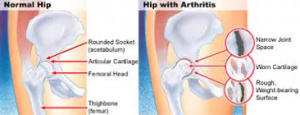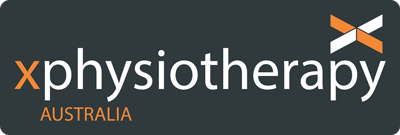
What is Osteoarthritis?


Presentation
OA can have a rapid onset and most commonly affects 50-60 year old women. The joint will be inflamed, have pain with load bearing activity or after general exercises/activity. They may have muscle wastage around the joint itself (e.g With knee OA we see a marked reduction in our vastus medialis musculature, which is our quad muscle on the inner side of our knee joint), reduced range of motion (particularly flexion and extension both in the hip and knee joint) and there may be Joint Crepitus present (ie. cracking of your joint as you move through range.
OARSI Guidelines
The Osteoarthritis Research Society International has developed guidelines to help practitioners with treatment of OA. Among a comprehensive list of key points that needs to be addressed from their guidelines, specific ones include:
1. Advice and education about OA
2. Referral to Physiotherapy for exercise management
3. Ongoing aerobic/cardiovascular exercise, strengthening and range of motion based exercises.
4. Weight loss will also help improve outcomes if the client is overweight
5. Ask about advice on footwear
The full list of recommendations set out by OARSI can be found at the link below:
https://www.oarsi.org/education/oarsi-resources/oarsi-recommendations-management-hip-and-knee-osteoarthritis-part-ii-oarsi
Physiotherapy Management and Reducing Your Risk!
Based on the OARSI Guidelines, referral to Physiotherapy to receive the correct exercises, advice and education on OA is a fantastic starting point. This allows you to be given exercises, advice and education to improve your quality of life, reduce the progression of disability that OA can cause in your joints, keep you physically active and reduce your risk of other co-morbidities developing as a result of OA progression and limiting your physical activity levels. It must be an individually tailored program to suit your condition based on your presentation and progression through the OA disease process and what you can and cannot do.
Physiotherapy can help by looking at how you are walking, as our gait pattern can usually compensate for our pain, lack of range of motion and joint deformity and help you improve your biomechanics to try to reduce disease progression.
Don’t let OA prevent you from living an active lifestyle! Book in for an appointment with one of our Physiotherapists to allow them to help you to manage your condition.

